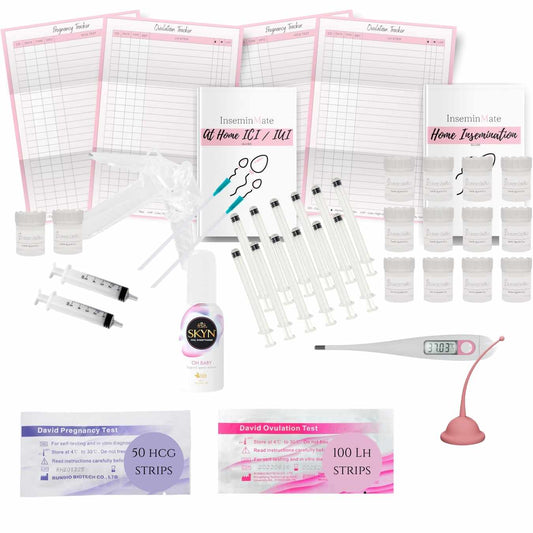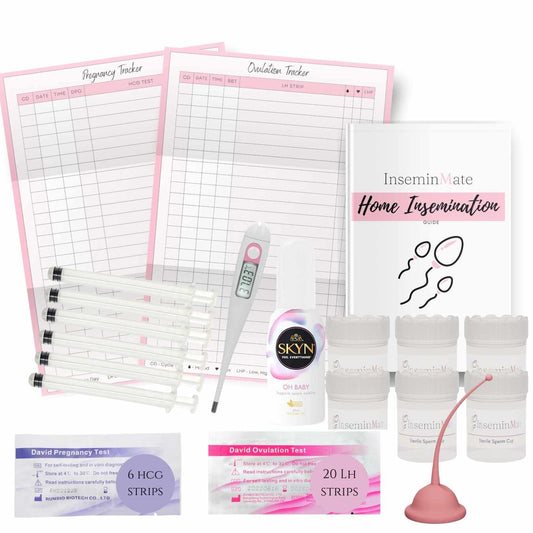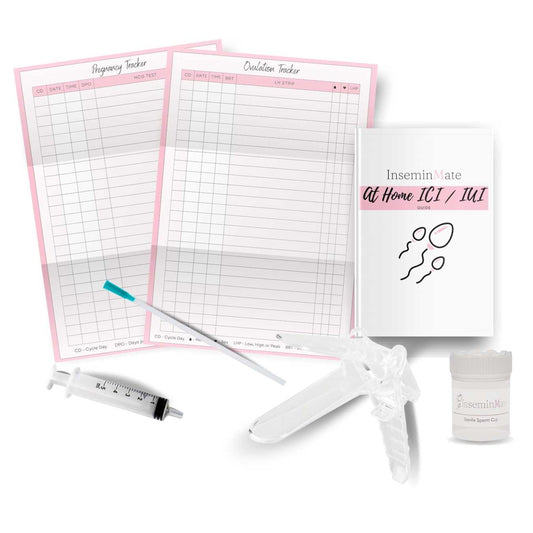Timing is an essential factor when it comes to successful home insemination. Knowing when ovulation is expected to occur can make a significant difference in the chances of conception. When the egg is released from the ovary, it has a lifespan of only 24 hours, which means that timing is crucial. However, sperm can live for up to five days in the female reproductive tract, making it important to know when ovulation is expected to occur so that insemination can be timed accordingly.
There are various methods for tracking ovulation, and it is recommended to use more than one to increase the accuracy of the predictions. Some common methods include using ovulation predictor kits, monitoring cervical mucus changes, and tracking basal body temperature. By observing changes in cervical mucus, women can determine when they are approaching ovulation. The cervical mucus becomes more elastic and clearer as ovulation approaches, making it easier for sperm to travel to the egg.
Another way to track ovulation is by using ovulation predictor kits. These kits test urine for the presence of luteinizing hormone (LH), which increases just before ovulation. By testing daily and looking for a surge in LH, women can determine when they are most likely to ovulate.
At InseminMate, our home insemination kits come with an ovulation tracker, which can assist with determining the optimal time for insemination. The ovulation tracker includes a calendar, which can be used to record the menstrual cycle and predict the timing of ovulation. It also includes instructions on how to use ovulation predictor kits and monitor cervical mucus changes to increase the accuracy of ovulation predictions.
It is important to note that while tracking ovulation can be helpful, it is not a foolproof method for determining the exact time of ovulation. Factors such as stress, illness, and travel can affect the timing of ovulation, making it important to be flexible with timing and to inseminate around the predicted time of ovulation. Ultimately, the best approach is to work with a healthcare provider or fertility specialist who can provide personalized guidance and support throughout the home insemination journey.




